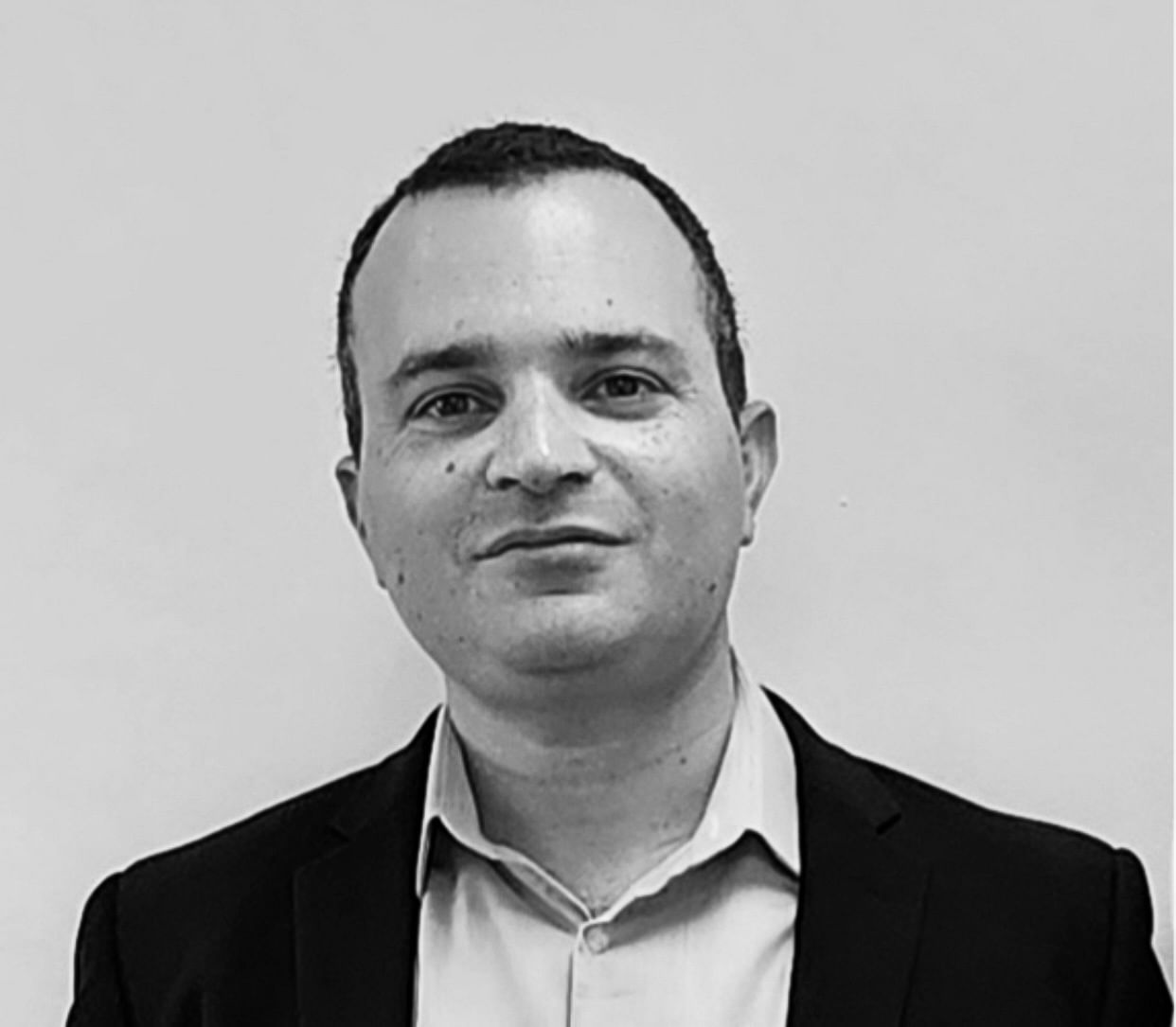Translate 100,000 words for free at MachineTranslation.com by Tomedes
GEO, LLMO, and Localization: What Translation Providers Need to Know for 2026
Table of Contents
Introduction
What are GEO & LLMO?
Why localization & translation providers must care
What clients should expect from their LSPs in 2026
Practical steps for brands & LSPs
Conclusion
FAQs
Introduction
Why your next global launch requires more than language conversion, it demands AI-era visibility.
In today’s global-content game, translation isn’t merely about “English → Spanish.” It’s about making your message visible and trusted by AI systems – because your audience increasingly gets answers from ChatGPT, Claude, Gemini and other large language-model (LLM)-driven tools.
Welcome to the world of Generative Engine Optimization (GEO) and Large Language Model Optimization (LLMO), two big shifts that localization and translation providers must master if they’re going to stay relevant in 2026 and beyond.
What are GEO & LLMO?
GEO (Generative Engine Optimization) is the practice of structuring content so that generative-AI systems not only read it, but cite it, summarise it, or include it in their conversational outputs.
LLMO (Large Language Model Optimization) refers to optimizing content (and its metadata) for how LLMs are trained or retrieve knowledge. It’s more technical: think machine-readability, canonical versions, consistent terminology.
In short:
SEO = get found.
GEO = get cited.
LLMO = become part of the model’s knowledge.
Why localization & translation providers must care
Global content scale is exploding - With more languages, more markets and faster go-lives, brands can’t treat translation as a tick-box.
AI is increasingly answering questions, not just pointing to links. If your content isn’t structured for that, your message may never surface.
Visibility in target markets isn’t just about language - it’s about how AI understands, uses and presents your content.
Internal data backs this up: when translated pages include structured metadata + question/answer format, they saw 1.4 × higher engagement in non-English markets.
According to Tomedes’ internal review, technical & legal translations (when optimized properly) showed an “answer-engine pickup” rate of 18%, compared with 9% for general content.
What clients should expect from their LSPs in 2026
When you work with a translation-or-localization partner, they should be able to go beyond sentence-level accuracy. Ask:
Do they optimize metadata, schema markup, FAQ structure in each language so the content is ready for GEO/LLMO? Our internal survey: 68% of translators said content that simply copies English structure produces fewer answer-engine citations.
Can they apply consistent terminology & brand voice across languages so the model recognises your entity?
Do they support multilingual glossaries, context-aware style guides and human review in each locale? Our data: when transcreation + review layers were added, post-delivery edits dropped ~25%.
Are they ready for AI-first formats (structured Q&A, entity-based copy, multilingual clusters) not just linear translation?
Do they measure success not only by language accuracy but by visibility metrics such as AI answer citations, multilingual engagement, and conversion across locales?
Practical steps for brands & LSPs
Start every multilingual project with content mapping: which markets, what languages, what user queries?
Build translation briefs that include not just tone/brand but AI answer-intent.
Use structured formats (FAQ, How-To, entity profiles) when working across languages.
Ensure translation workflows integrate metadata, glossaries and human quality control so the content survives multilingual adaptation and AI-first consumption.
Implement tracking: how many localised pages get cited by generative engines? Our internal data: ~21% of translated pages created through our platform were referenced by AI systems within 60 days; legal/technical content had nearly double the pickup rate.
Align localization with visibility goals, not just “we translated version X.”
Conclusion
Localization in 2026 is not simply “translate the website.” It’s about ensuring your content is discoverable, trusted and used by generative AI systems across languages. GEO and LLMO are the playbook for that shift. As brands expand globally, they must choose translation partners who deliver not just linguistic fidelity, but AI-visibility, structured multilingual content and data-driven outcomes.
If your current provider handles words but not AI exposure, it’s time to rethink: in a world where answers matter more than links, translation must evolve.
FAQs
Q: Is this just about SEO?
A: No. GEO and LLMO go beyond traditional SEO. They aim to get your content cited by AI, not just ranked in a list of links.
Q: Can any translation provider do this?
A: Only if they combine multilingual translation + metadata/structure, entity-alignment, human review and visibility metrics. Many still stop at language accuracy.
Q: What metrics matter now?
A: Citation rate in AI answer engines, visibility across multiple languages, multilingual engagement (page-time, conversions) and translation-review edit cycles.
Q: Where should I start if I want to optimize for GEO/LLMO?
A: Map your key content for target languages, define user-query intents, ensure translation briefs include visibility/structured-format goals, and pick a partner with multilingual AI workflows + review/control systems.
GET IN TOUCH
Need expert language assistance? Inquire now
Try free AI tools to streamline transcription, translation, analysis, and more.
Use Free Tools
Post your Comment